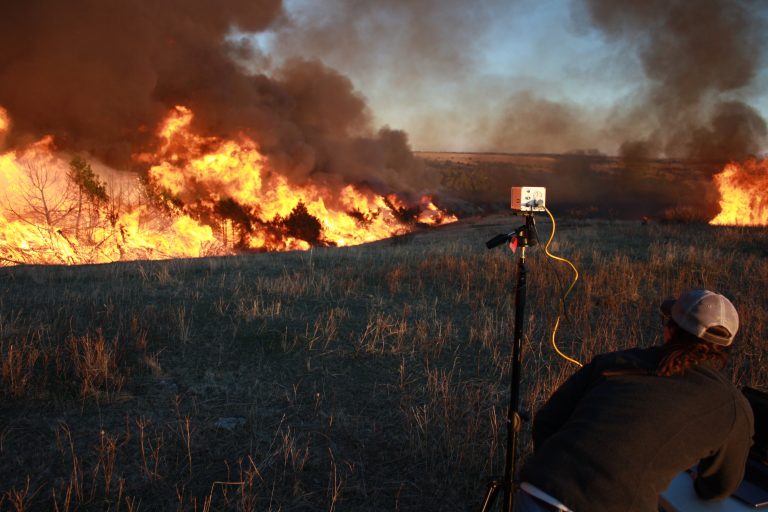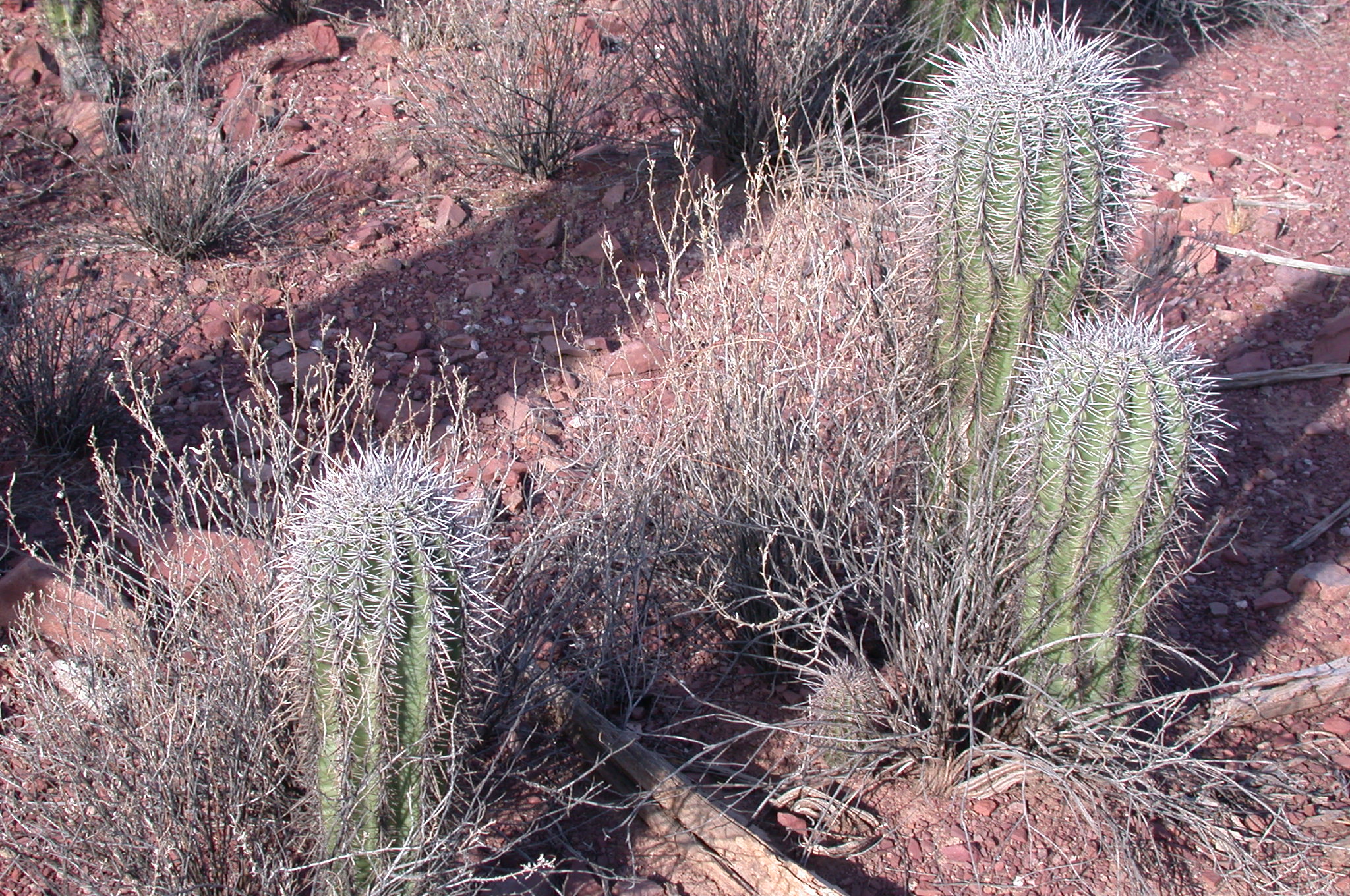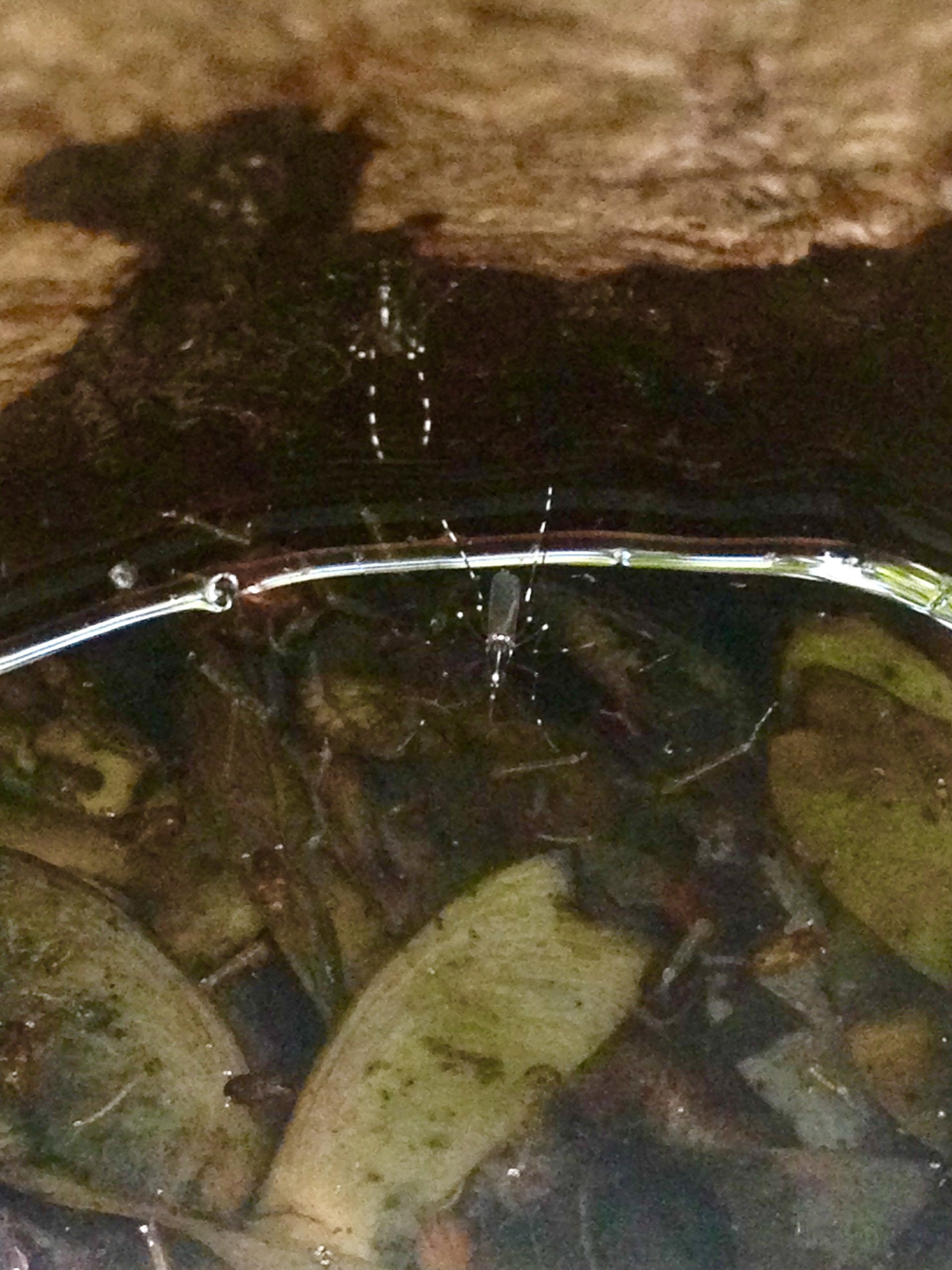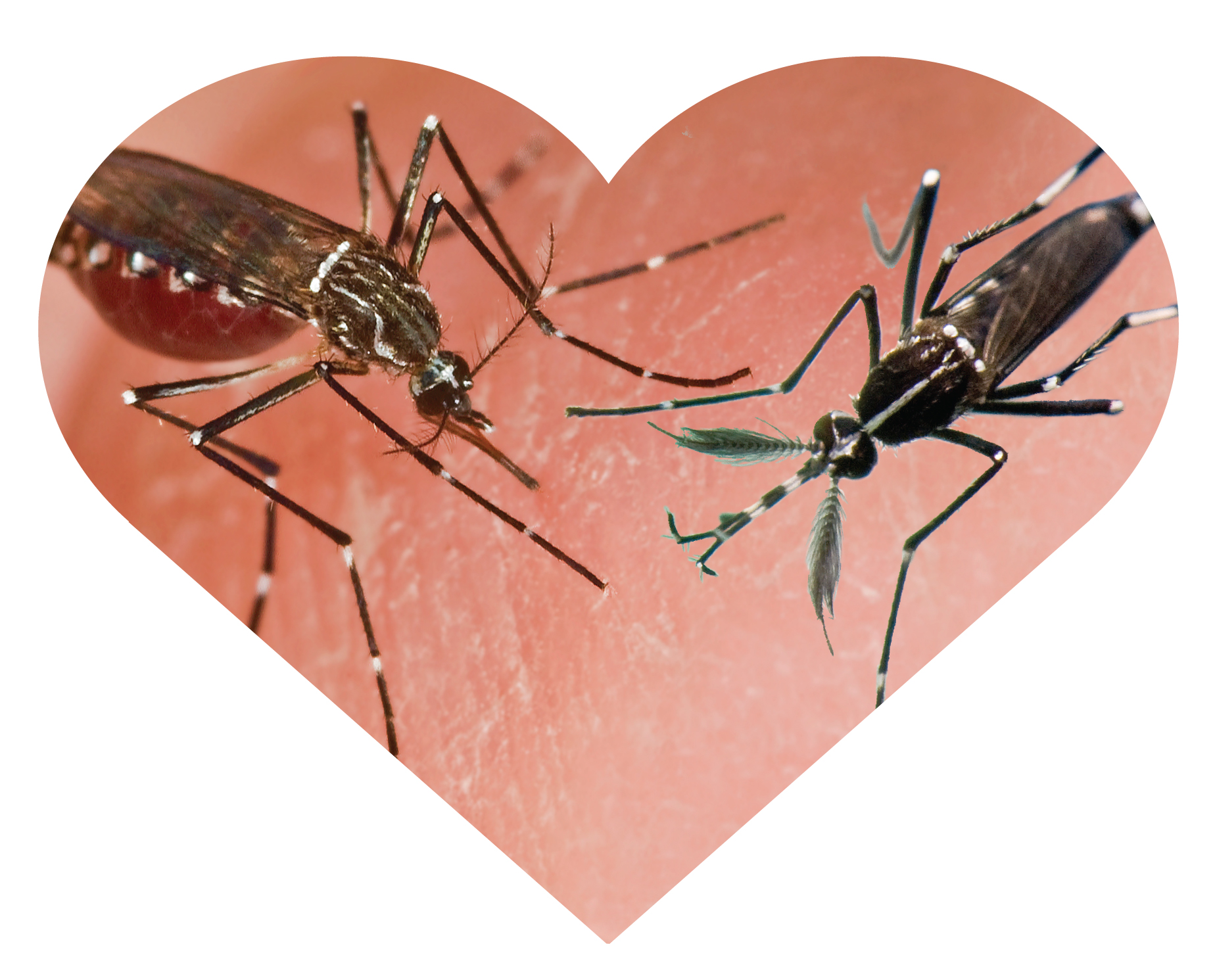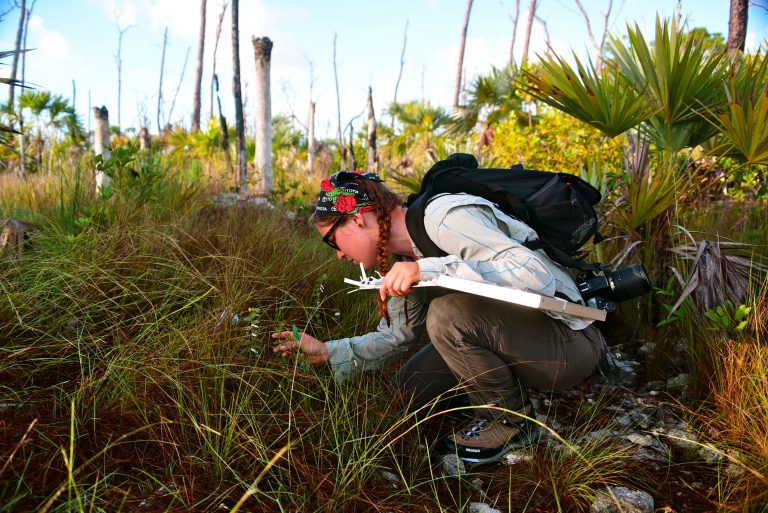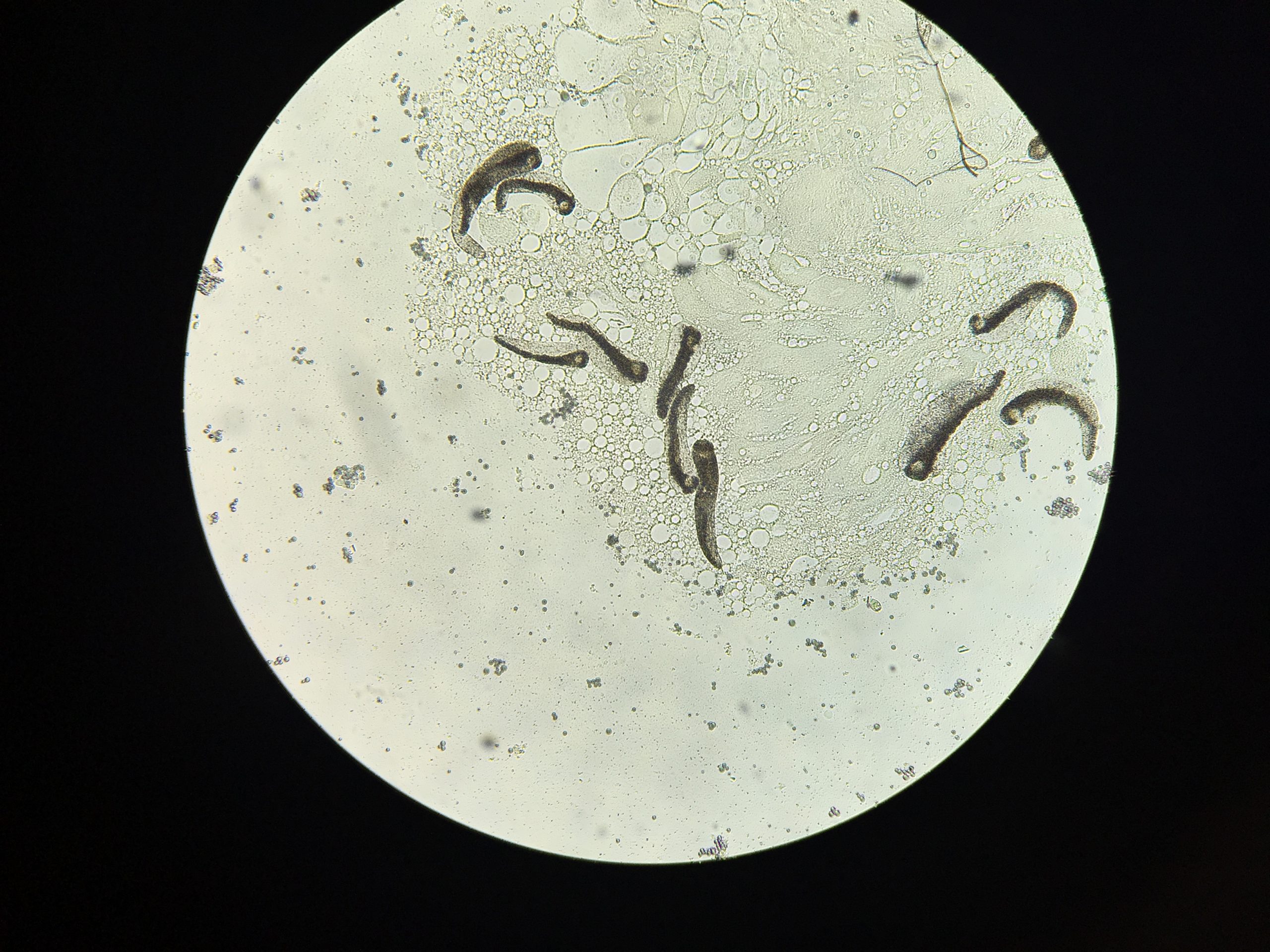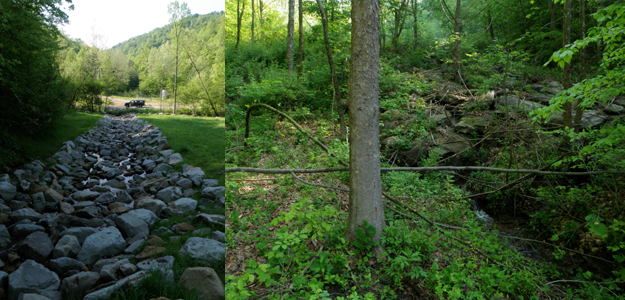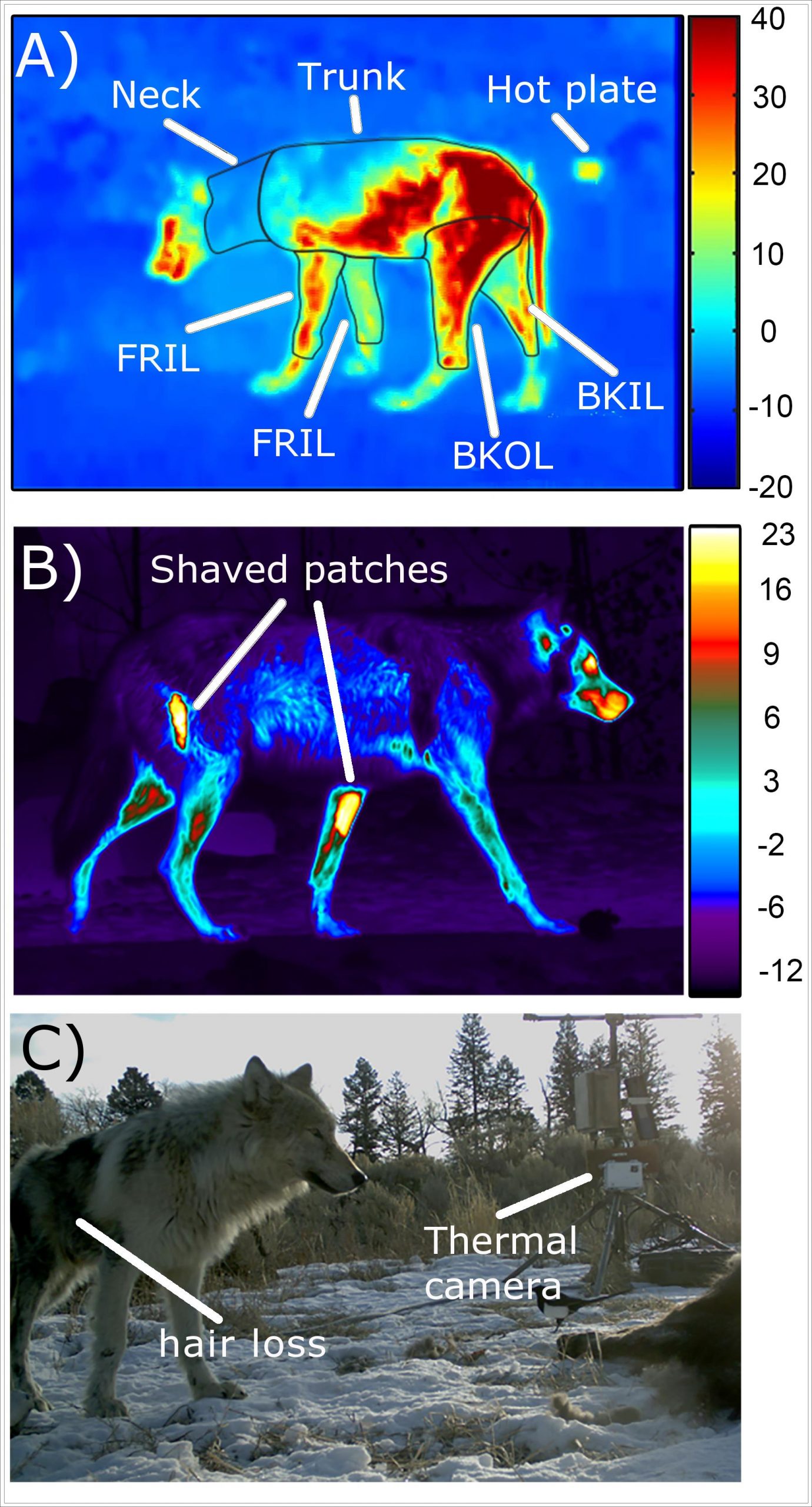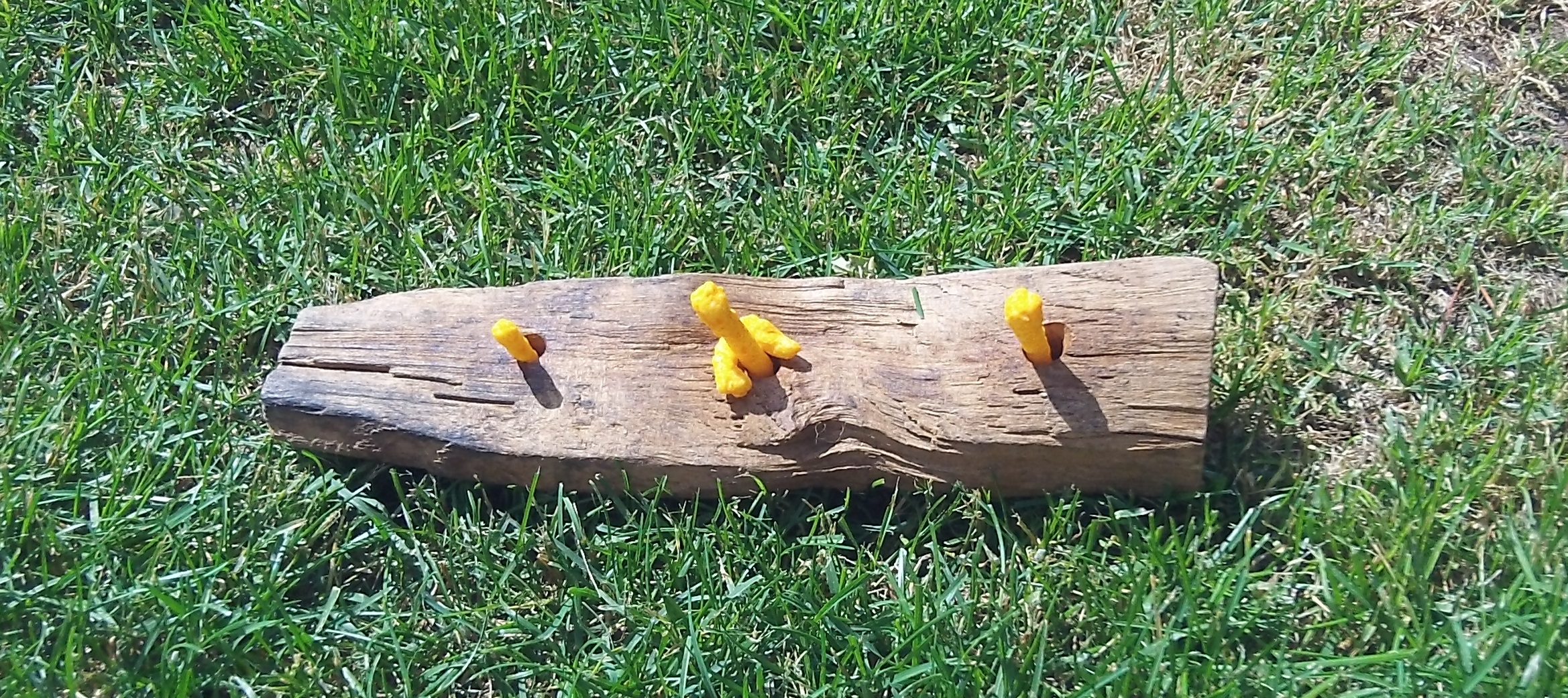
In a race for Cheetos, magpies win, but crows steal
Black-billed magpies and American crows, both members of the clever corvid family of birds, have adapted comfortably to life in urban and suburban communities. In Jackson Hole, Wyoming, the two species often nest nearby each other in backyards and parks. Nesting near their much larger crow cousins affords magpies a margin of extra safety from a common enemy—ravens, an even…
